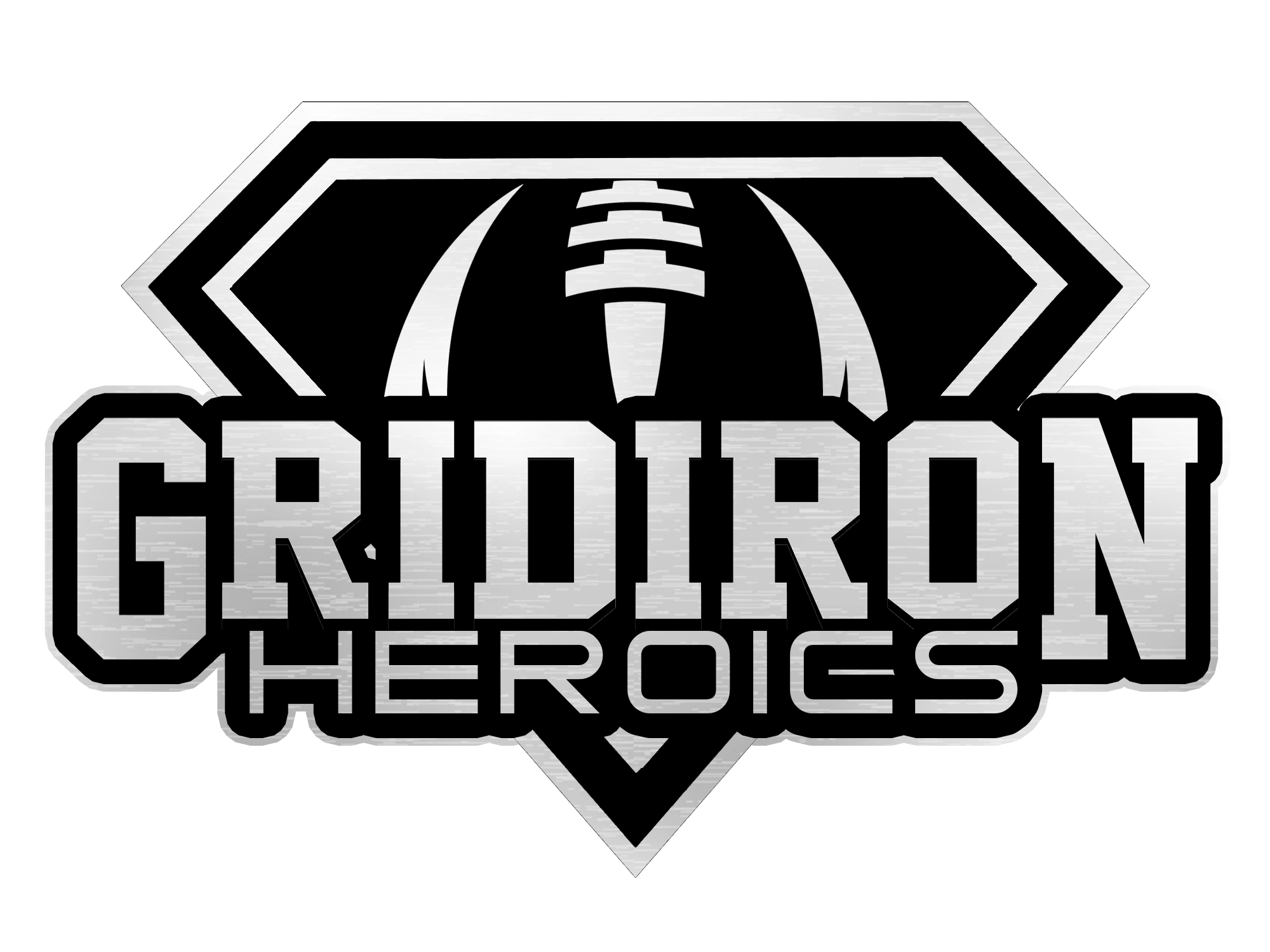The Cheez-It Citrus Bowl, one of America’s oldest and most celebrated collegiate bowl games, has a rich and storied history that spans over seven decades. Originally known as the Tangerine Bowl, this prestigious event has evolved significantly since its inception in 1947, becoming a key fixture in the college football postseason landscape.
History
Origins and Early Years
The Citrus Bowl began its journey as the Tangerine Bowl in 1947. The inaugural game was held on January 1, 1947, featuring Catawba College defeating Maryville College with a score of 31-6. This first contest set the stage for what would become a long-standing tradition in college football.
From its early days, the bowl game was characterized by its commitment to charitable causes. By 1952, it had earned the affectionate nickname “Little Bowl with the Big Heart,” as all proceeds from the game were donated to charity. This dedication to community support has remained a core aspect of the bowl’s identity throughout its history.
Evolution and Growth
Over the years, the Citrus Bowl has undergone several name changes and expansions:
- 1947-1982: Known as the Tangerine Bowl
- 1983-2002: Renamed to Florida Citrus Bowl
- 2003-2014: Became the Capital One Bowl
- 2015-present: Currently known as the Cheez-It Citrus Bowl
A significant milestone occurred in 1968 when the bowl transitioned from featuring College Division teams to becoming a major college bowl game, hosting University Division (now Division I) teams. This change elevated its status and attracted more attention from fans and media alike.
Notable Moments
The Citrus Bowl has seen many memorable events throughout its history:
- 1986: The game was considered as a potential site for a national championship matchup between Penn State and Miami.
- 1991: Georgia Tech won the bowl and finished with an impressive record of 11-0-1, earning recognition as the UPI national champion.
- 1998: A thrilling game between Florida and Penn State set an attendance record of 72,940 fans.
These moments highlight not only the competitive spirit of college football but also the significance of the Citrus Bowl in shaping postseason narratives.
Sponsors
The bowl game has had various title sponsors over the years, reflecting its growing prominence in college football:
- 1983-2002: Sponsored by the Florida Department of Citrus
- 2003-2014: Title sponsorship by Capital One
- 2015-2017: Buffalo Wild Wings took over sponsorship
- 2018: Overton’s sponsored the event for one year
- 2019-2022: Vrbo served as title sponsor
- 2023-present: Currently sponsored by Cheez-It (Kellanova)
Each sponsorship has brought unique promotional elements and fan engagement opportunities, enhancing the overall experience for attendees.
Venue
Camping World Stadium
The Citrus Bowl is played at Camping World Stadium in Orlando, Florida. This historic venue has a rich past of its own:
- 1936: Originally constructed as Orlando Stadium as part of a Works Progress Administration project.
- 1947: Renamed to coincide with the first Tangerine Bowl.
- 1976: Briefly known as Citrus Bowl.
- 1983-2013: Referred to as Florida Citrus Bowl.
- 2014-2016: Known as Orlando Citrus Bowl.
- 2016-present: Currently named Camping World Stadium.
Stadium Renovations and Improvements
Camping World Stadium has undergone several major renovations to enhance fan experience:
- 1952: Capacity increased by 2,000 seats.
- 1968: Expansion added more seating and constructed a press box.
- 1974-1976: Capacity further increased to accommodate 50,000 fans.
- 1989: A $30 million expansion added upper decks and luxury suites.
- 2014: A massive $207.7 million reconstruction resulted in a modern facility with improved amenities.
Recent enhancements include new lower bowl seating with extra legroom, expanded concourses for better crowd flow, large video displays for improved viewing experiences, and a spacious plaza deck for fan engagement activities.
Tickets and Attendance
The Citrus Bowl consistently attracts large crowds, with its record attendance reaching 72,940 during the 1998 matchup between Florida and Penn State. Ticket prices and availability can vary significantly depending on participating teams and overall demand.
For fans interested in attending the Cheez-It Citrus Bowl, it is advisable to check official websites or authorized ticket vendors for up-to-date information on pricing and availability. Purchasing tickets well in advance is recommended since popular matchups often sell out quickly.
Impact and Significance
The Citrus Bowl holds a significant place in college football’s postseason landscape. As one of the oldest collegiate bowl games in existence, it has established itself as a premier destination for top teams from conferences like the Big Ten and Southeastern Conference (SEC).
In today’s College Football Playoff era, the Cheez-It Citrus Bowl continues to host high-profile matchups featuring elite teams that may not qualify for the playoff series. This positioning ensures that it remains an attractive postseason opportunity for players and fans alike.
Beyond its sporting significance, the Citrus Bowl has made substantial economic contributions to Orlando and surrounding areas. The influx of fans, media personnel, and team representatives generates considerable revenue for local businesses in hospitality and tourism sectors during bowl week.
The Cheez-It Citrus Bowl stands as a testament to the enduring appeal of college football and the power of tradition. From its humble beginnings as the Tangerine Bowl to its current status as a major postseason event, this game has continually adapted while maintaining its core identity.
Looking ahead, the Citrus Bowl is well-positioned to remain an integral part of college football culture. With its rich history, modern venue, and commitment to showcasing top talent, it will undoubtedly continue creating memorable moments for players, fans, and the city of Orlando for years to come.
Our Partners



